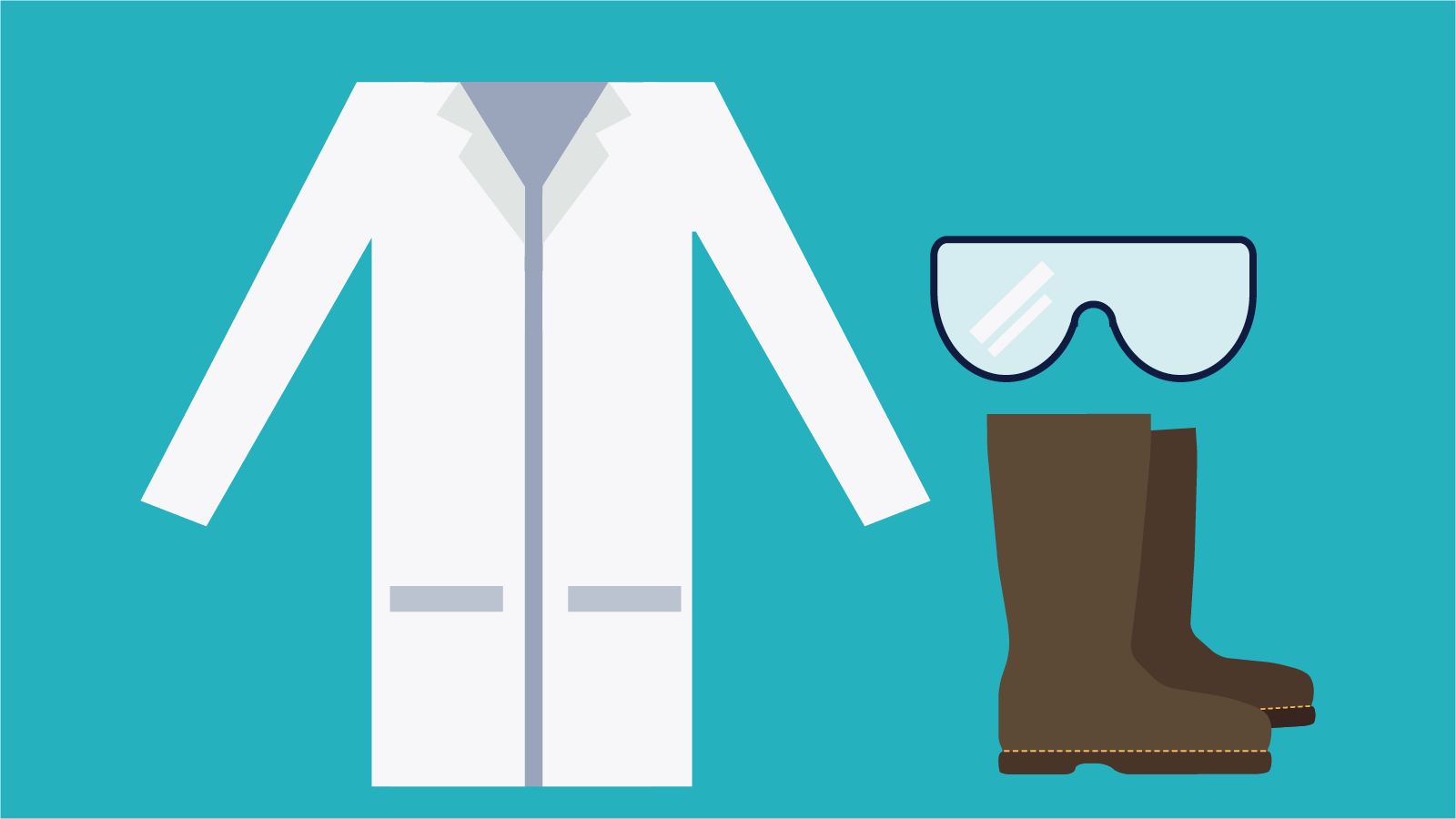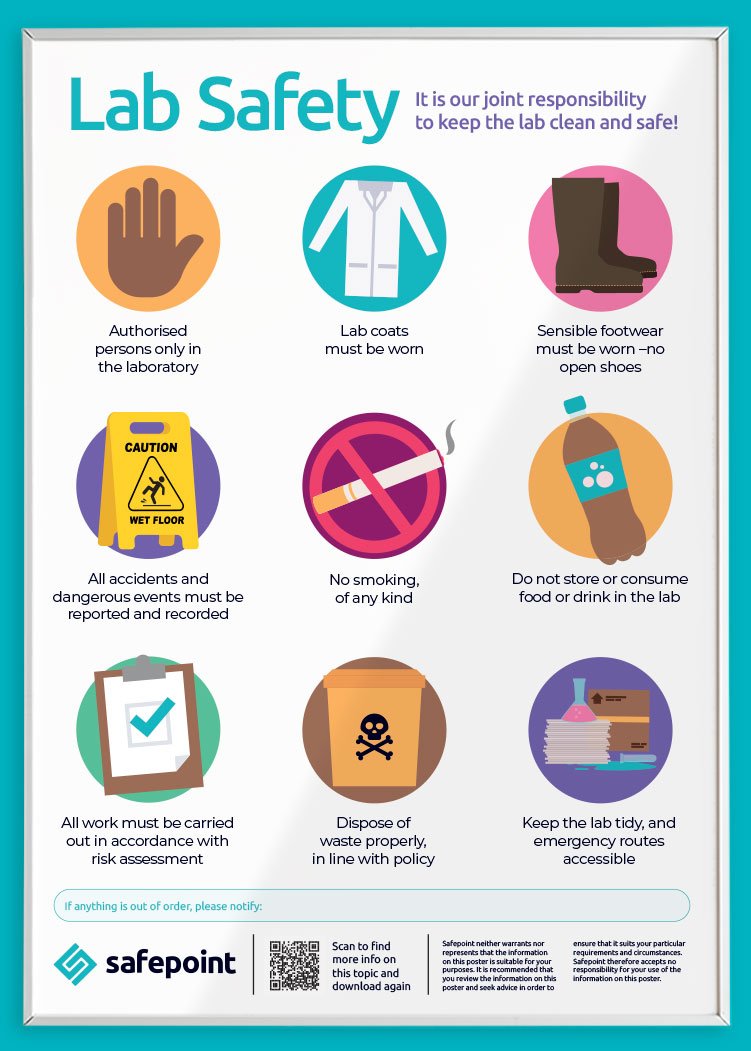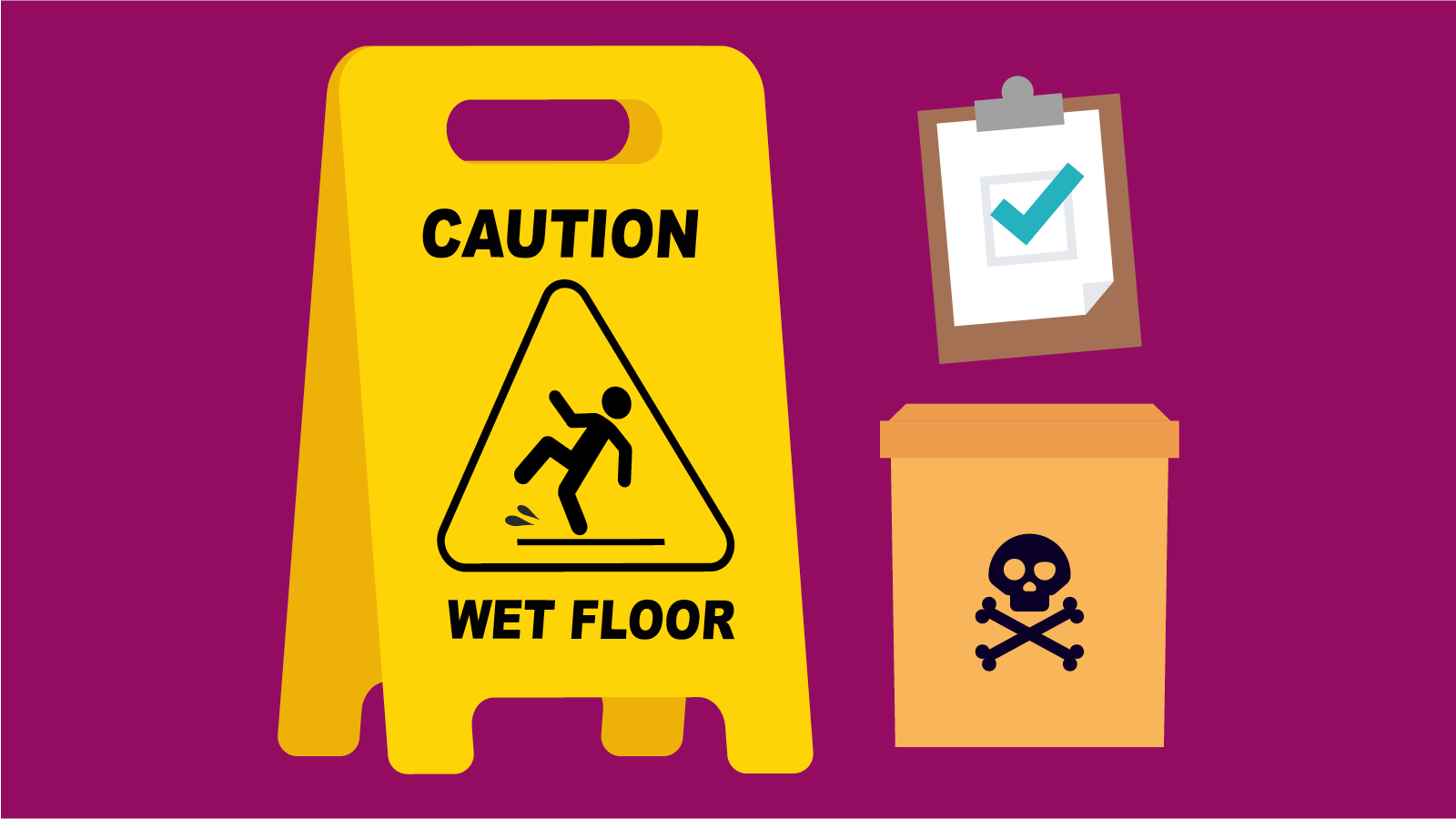A guide to lab safety (free poster!)
When working in a laboratory, safety should always be a top priority. Whether you work in a university or school, or in the science and research industry, proper planning, adherence to safety procedures, and knowledge of emergency protocols are essential for minimising risks and ensuring a safe working environment.
In this guide, we’ll outline some important safety practices to follow in the lab. You can use these to build your own rule set, and you can also download our free “Lab Safety” poster to get you started!
Get your free lab safety poster!
Plan Your Work
Assess hazards before beginning any laboratory work and develop strategies to deal with worst-case scenarios.
Identify the necessary facilities and equipment to minimize exposure to hazards, and create a hazard checklist if one doesn't exist.
Know the hazards of the materials you're using and ensure all Personal Protective Equipment (PPE) is appropriate for the task at hand.
Post lab hazard signage on the door and inspect equipment for damage before use.
Follow All Safety Procedures
Adhere to safety procedures in the laboratory, such as wearing splash goggles, gloves, chemically resistant clothing, and closed-toe shoes.
Avoid working alone with hazardous chemicals.
Proper ventilation and containment is vital when working with chemicals
Use sharps with care and dispose of waste properly.
Follow authorized procedures.
Conduct weekly inspections of the lab. Inspections should be recorded.
Know your emergency procedures
Familiarize yourself with emergency procedures, such as the location of emergency eyewashes and showers, evacuation routes, and alarms.
If you run a lab, it’s important to not only create emergency procedures, but to make sure they’re clearly explained!
Practice good housekeeping and personal hygiene
Maintain good housekeeping and personal hygiene by keeping yourself and your area clean!
Avoid direct contact with any chemicals and never smell, inhale, or taste laboratory chemicals. Furthermore, you should avoid eating, drinking, or applying cosmetics in the laboratory.
After removing gloves, always wash your hands and arms thoroughly with soap and water before leaving the work area. Don’t use personal items such as your phone while wearing gloves and/or while you’re in the lab!
Keeping all work areas clean and uncluttered is crucial for lab safety. Ensure that emergency showers, eye washes, exits, and hallways are not blocked.
Transport chemicals safely
Follow proper procedures when transporting chemicals within the lab –such as using secondary containers, and securing containers on carts to prevent spills or mishaps.
Consider the use of freight elevators or secure sack trucks when moving high-risk items such as compressed gas cylinders.
Get your free lab safety poster!
Unattended operations
Take necessary precautions when conducting unattended operations, such as providing containment measures for materials and properly labelling all containers and process equipment.
Your institution may require permission before conducting unattended operations. This not only reduces health risks but also the chances of incidents which can spoil the operation.
Your institution may require that lights are left on during unattended operations.
Emergency contacts should be listed on the door of an unattended operation, along with any other relevant information.
Report dangerous activities or incidents
Report any dangerous activities or situations immediately to the appropriate personnel, no matter how minor they may seem. You should also report suspicious persons, for instance, those who you don’t think have permission to be in the lab.
All injuries should be reported, and it is up to the institution to record them.
Lone Working in the Lab
Working alone in a laboratory environment poses additional risks and challenges. It is generally recommended to avoid working alone whenever possible. However, in situations where lone work is unavoidable, take the following precautions:
Risk Assessment: You will need to conduct a lone worker risk assessment.
Communication: Inform a colleague, supervisor, or lab manager about your lone work activity. Provide details about the experiment, expected duration, and contact information. Establish a regular check-in schedule to ensure your well-being.
Emergency procedures: Familiarize yourself with emergency procedures specific to lone working situations. Know the location of emergency equipment, such as fire extinguishers, emergency showers, and eyewash stations. Keep emergency contact numbers readily accessible.
Risk Minimization: Minimize risks by simplifying procedures, reducing the number of hazardous materials, and implementing additional safety precautions. Ensure that all necessary safety equipment and emergency supplies are readily available.
Regular Breaks: Take regular breaks to avoid fatigue and maintain focus. Long periods of uninterrupted work can increase the risk of accidents.
Lone worker devices: specialised lone worker devices can alert others if you have been injured or have become unresponsive. Safepoint, for instance, provides apps and wearables that can detect falls, and require you to check in at regular intervals. They also provide 24/7 remote monitoring so, even if you’re working late, you’ll always have someone to check up on you.





